Folate
(Specimen Container)
SST (Tiger Top)/ Lithium Heparin
(Transport Temperature)
| Temperature | Period |
|---|---|
| Room temperature | Unacceptable |
| Refrigerated | 7 days |
| Frozen | 30 days |
Folates are a class of vitamin compounds related to pteroylglutamic acid (PGA), which serve as cofactors in the enzymatic transfer of single carbon units in a variety of metabolic pathways.Folate mediated one-carbon metabolism represents one of the most important biochemical reactions that occur in cells. Folates are necessary for nucleic acid and mitochondrial protein synthesis, amino acid metabolism, and other cellular processes that involve single carbon transfers. Folates can serve as carbon donors or acceptors. Since different metabolic pathways require carbon groups with different levels of oxidation, cells contain numerous enzymes that change the oxidation state of carbon groups carried by folates resulting in different metabolically active forms of folate. The predominant form of circulating folate is 5-methyltetrahydrofolic acid (5-mTHF). A methyl group is transferred from 5-mTHF to cobalamin in the pathway that links metabolism of folic acid and vitamin B12.
Folate deficiency can be caused by low dietary intake, malabsorption due to gastrointestinal diseases, inadequate utilization due to enzyme deficiencies or folate antagonist therapy, drugs such as alcohol and oral contraceptives, and excessive folate demand, such as during pregnancy.4 Because deficiencies of both vitamin B12 and folate can lead to megaloblastic (macrocytic) anemia, appropriate treatment requires differential diagnosis of the deficiency; thus, both vitamin B12 and folate values are needed. Low serum folate levels reflect the first stage of negative folate balance, and precede tissue depletion.
WARNING: Specimens from patients who have received preparations of mouse monoclonal antibodies for diagnosis or therapy may contain human anti-mouse antibodies (HAMA). Such specimens may show either falsely elevated or depressed values when tested with assay kits which employ mouse monoclonal antibodies. These specimens should not be assayed with the Alinity i Folate assay.
Heterophilic antibodies in human serum can react with reagent immunoglobulins, interfering with in vitro immunoassays. Patients routinely exposed to animals or to animal serum products can be prone to this interference, and anomalous values may be observed.
Serum and plasma specimens from patients with renal impairment or failure (including dialysis patients) may exhibit varying degrees of falsely depressed folate values. Therefore, to evaluate folate patients with renal impairment or failure, it is recommended that low Alinity i Folate values be confirmed by an alternate folate method.
Methotrexate, aminopterin, and folinic acid (Leucovorin) are chemotherapeutic agents whose molecular structures are similar to folate. These agents cross react with folate binding protein in folate assays. Do not use the Alinity i Folate assay for patients using these drugs.
>7.0 ng/mL

